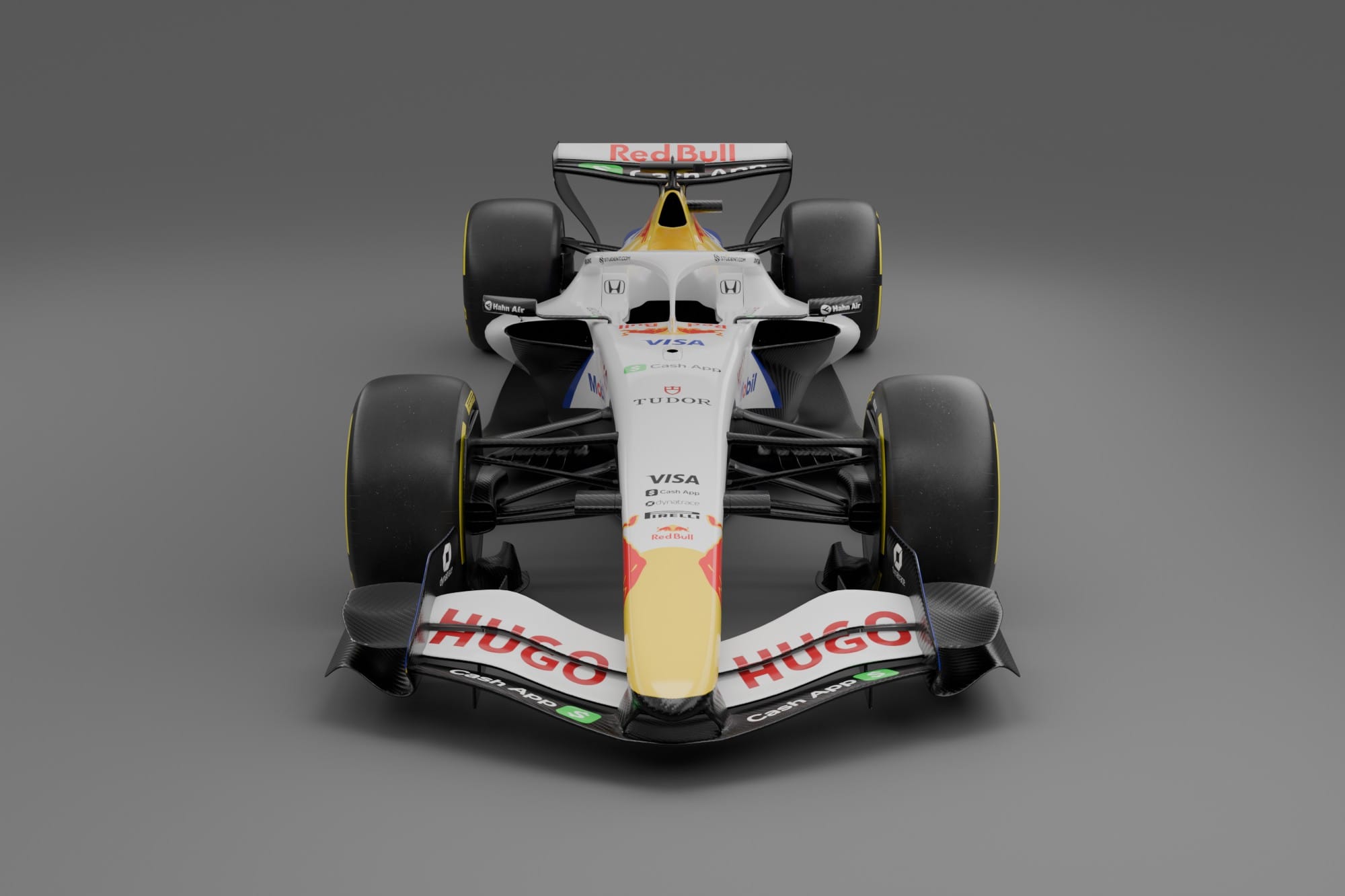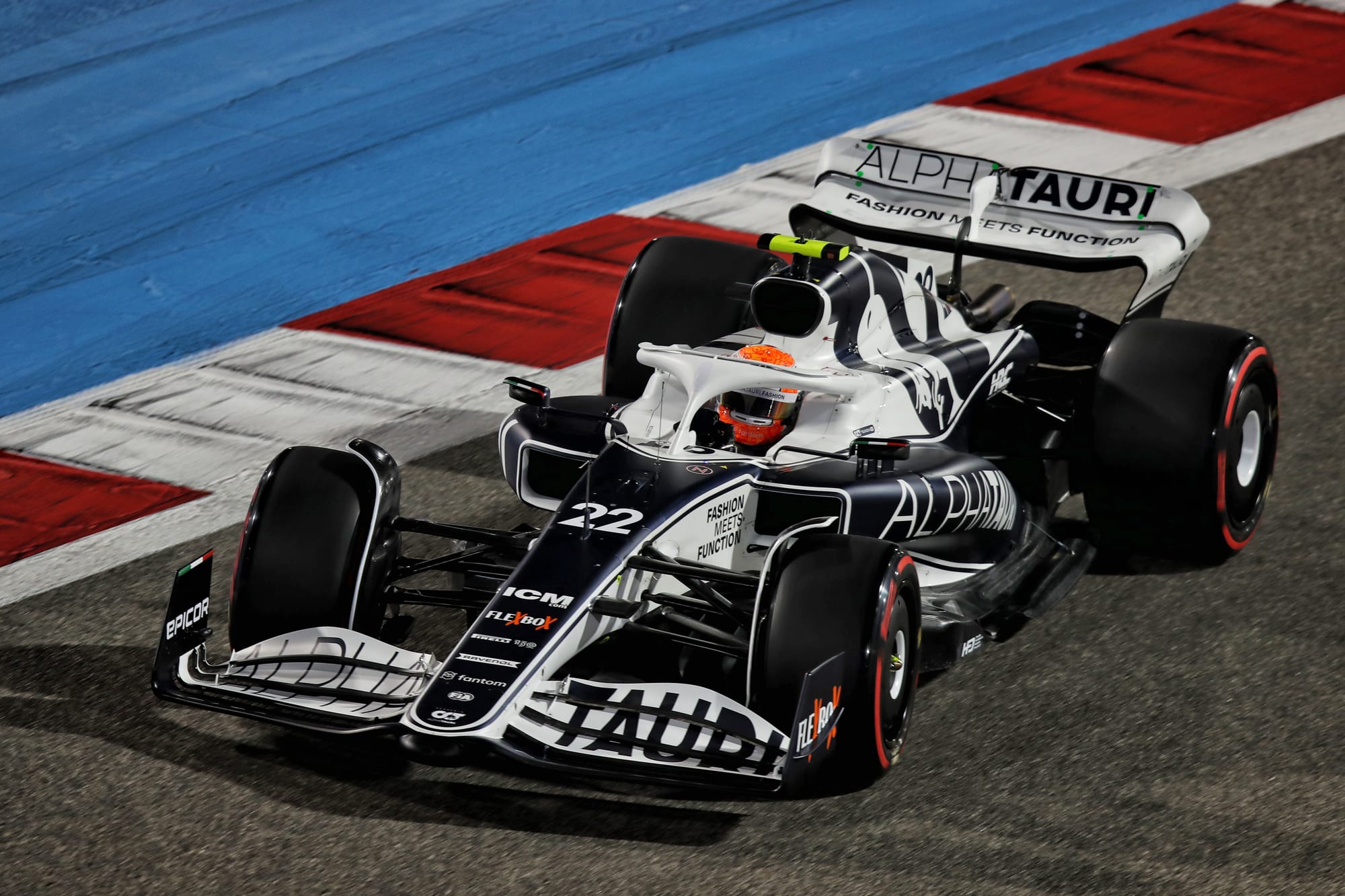Not 'F2 pace' - FIA hits back at latest 2026 F1 fear

FIA single-seater director Nikolas Tombazis has torpedoed claims that the all-new 2026 Formula 1 cars will be much closer in performance to current F2 machinery.
Racing Bulls driver Isack Hadjar suggested on Wednesday in Las Vegas that, based on his experience in the driver-in-loop simulator, the 2026 cars are "closer to an F2", clarifying he meant "car performance wise".
But the FIA's laptime simulations suggest this will not be the case. Aston Martin's Jak Crawford, who has also driven the car in the sim, also said that "it's quite similar to drive to an F2 car", although didn't comment on the pace specifically.
Next year's cars feature new power units that are close to 50/50 in terms of the split of conventional V6 to electrical power, making energy management a key performance factor.
The chassis regulations have been conceived to slash drag, with adjustable aero backing off the front and rear wing on all straights before switching to a high-downforce mode for corners.
Despite the changes, Tombazis suggests the reduction in laptime will only be one-to-two seconds initially.
"Comments about Formula 2 pace are way off the mark," said Tombazis when asked by The Race about the expected pace drop-off in 2026.
"We are talking about laptimes overall which are in the region of one or two seconds off where we are now, depending on the track, depending on the conditions.
"Obviously, at the start of the cycle it would be silly to be faster than the previous cycle.
"It would cost us nothing from a regulation point of view. It would be very easy to make the cars go faster, but one has to gradually claw back what is gained by natural development.
"So you can't start the cycle going faster than the previous one. Then in 20 years from now, you can imagine what would happen.
"So it's natural the cars are a bit slower, but I don't think we are anywhere near the 'it's not Formula 1' discussion in any way or shape."
Using the Bahrain circuit as a reference, the current generation of F1 cars was just under 11 seconds faster than F2 machinery in qualifying in 2022 when these F1 rules were introduced.

For the first Bahrain event under the high-downforce 2017 regulations, the advantage was 10.2s, and in 2014 when the 1.6-litre V6 turbo power units were first introduced 5.7s.
This year, the advantage was 15s, meaning with a one-to-two seconds reduction the gap would still be around 13s.
Red Bull chief engineer Paul Monaghan backed Tombazis's position, although he did stress that the deficit will be heavily influenced by track configuration. That's because some tracks will present less opportunity than others for energy harvesting under braking, which has an impact on how much electrical power can be deployed. Therefore, the deficit might be larger at a circuit with fewer braking events.
He also stressed that there remains uncertainty about the overall grip level in terms of aero performance in the real world, given the current reliance on simulation, as well as the exact performance of the definitive Pirelli rubber.
"It's a little bit track dependent," said Monaghan. "We have what we might term energy-rich circuits, and the energy-poor circuits. [Where it's] easy to fill the energy store with energy, the lap time is a little bit slower. Some of the poor ones where we're struggling a little bit at the moment, we're a bit more than that off.
"But one of the great difficulties at the moment is trying to actually establish how much grip we're going to have. We have an aero map and it says, 'oh we'll make this level of downforce' - and is it actually reality? Once we have the final tyres from Pirelli, maybe they're a little bit better, a little bit worse, and it has quite a knock on effect to your overall lap time.
"So yes, they'll be a little bit slower. I don't think we'll be at F2 pace, I hope not."